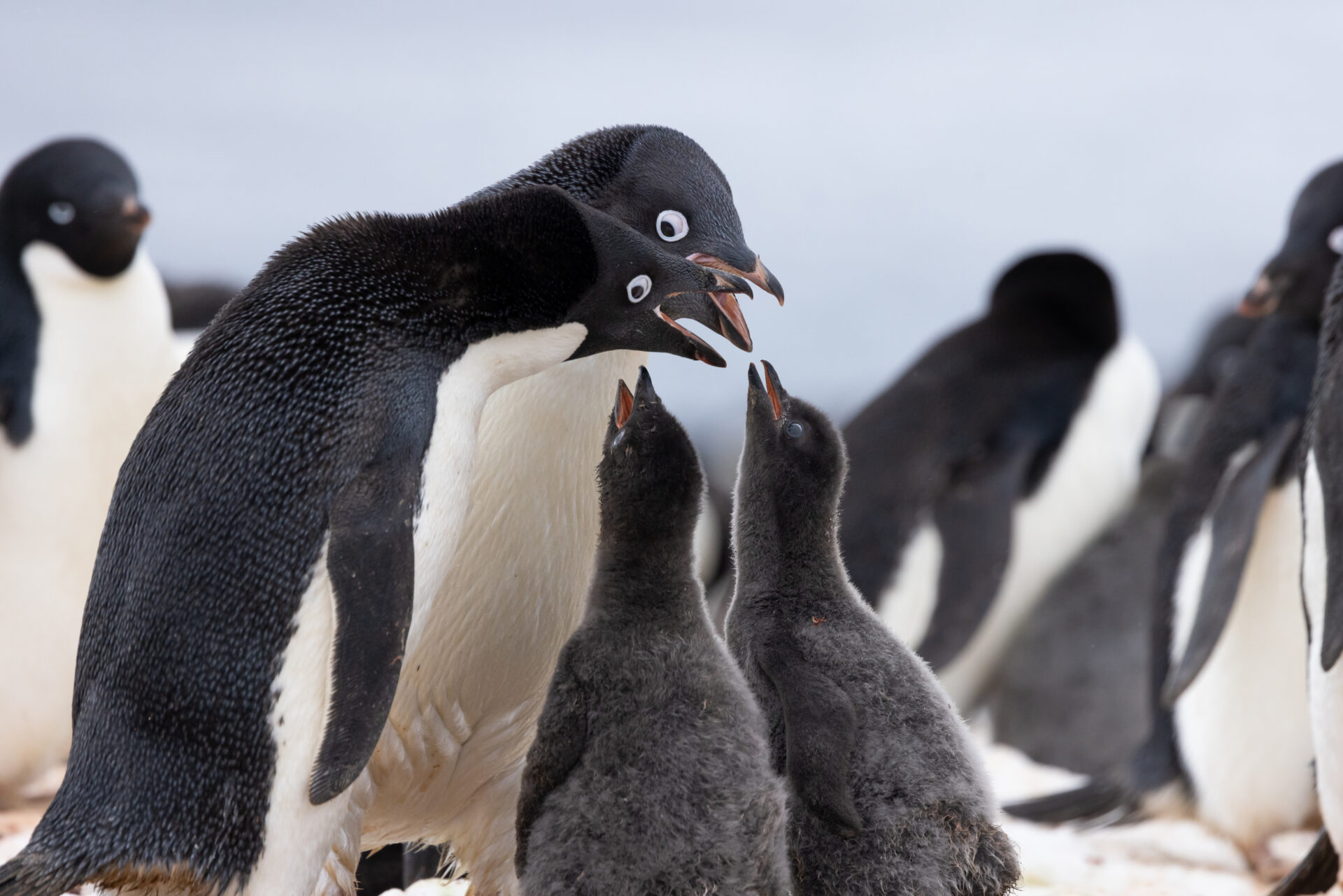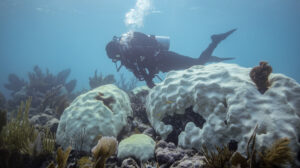World's penguins under pressure from cumulative climate impacts
For the world's population of penguins, survival may now depend on a new way of understanding climate change, as scientists suggest examining the cumulative impact of marine heatwaves, storms, or heat surges instead of addressing them in isolation.
An international team of scientists has issued a stark warning for the world’s population of penguins: that their survival may now depend on a new way of understanding climate change, suggesting that rather than examining marine heatwaves, storms, or heat surges as isolated events, it’s their combined, cumulative impact that poses the greatest danger.
Led by the Institut de Ciències del Mar (ICM-CSIC) in Barcelona, in collaboration with the Laboratoire LOCEAN-IPSL (Sorbonne Université) and Phillip Island Nature Parks, the research is the first to quantify how multiple extreme climate events interact across the full range of all 18 penguin species in the Southern Hemisphere.
“Our findings reveal that extreme climate events are unevenly distributed across both land and sea in the Southern Hemisphere, pinpointing the areas where penguins are most at risk,” said Camila Artana of LOCEAN-IPSL. “This work also lays the groundwork for assessing how other Southern Hemisphere species may be vulnerable to climate change.”
The research has been published this week in Global Change Biology.
By analysing three decades of climate data, the team uncovered that African, Snares, Emperor, Adélie, and Galápagos penguins face the highest cumulative risk. These species – already challenged by shifting food webs and habitat loss, – are projected to experience even more intense, frequent, and prolonged climate extremes in the coming decades.
“Penguin habitats are not just impacted by isolated extreme events, but by their cumulative effects across both land and ocean environments,” explained lead author and PhD researcher Miriam Gimeno (ICM-CSIC). “These pressures could undermine reproductive success, foraging efficiency, and long-term resilience.”

The study also identifies regional hotspots – areas where the compounding impacts of marine heatwaves, heavy rainfall, extreme winds, and terrestrial heatwaves overlap. Many of these zones, the researchers warn, could become future epicentres of biodiversity loss and disruption to ocean ecosystem services.
To tackle this mounting threat, the authors propose a three-step framework designed to help policymakers and conservationists reduce vulnerability. The approach begins by identifying high-risk hotspots, then incorporating local stressors such as fishing, tourism, and coastal development, and finally adopting adaptive management practices that evolve as new data emerges.
Experts have now listed strengthened environmental protections in Antarctica, fisheries regulations that account for extreme events, and habitat restoration to shield breeding sites from land-based heatwaves and floods among their recommended actions.
“By identifying the species and regions most at risk, we provide actionable insights for conservation planning and policy implementation,” said Andre Chiaradia of Phillip Island Nature Parks. “Proactive, spatially informed management is essential to safeguard penguin populations in the face of escalating climate extremes.”
The message is clear: penguins and their ecosystems can’t afford to wait. As cumulative climate events intensify, scientists say targeted, adaptive conservation measures will be key to ensuring that penguins – and the oceans they depend on – have a future.


"*" indicates required fields
Printed editions
Current issue
Back issues

Back Issues
Issue 43 Sir David Attenborough’s ‘Ocean’

Back Issues
Issue 41 Holdfast to the canopy
Enjoy so much more from Oceanographic Magazine by becoming a subscriber.
A range of subscription options are available.








